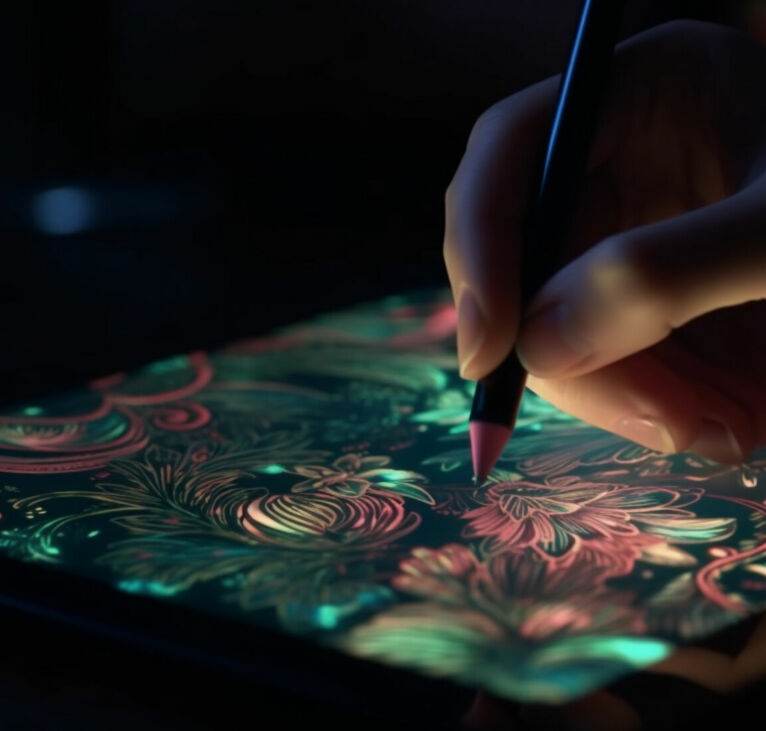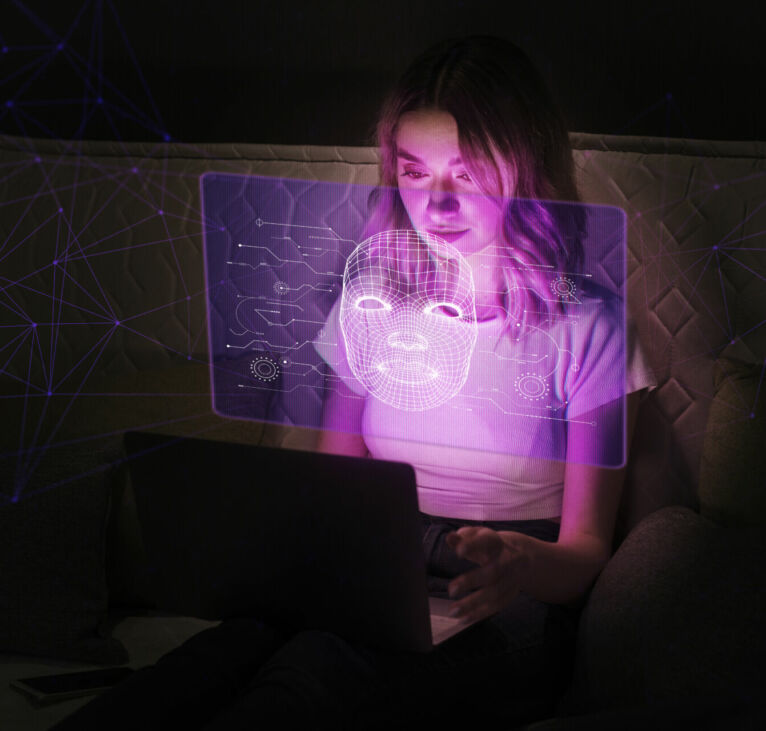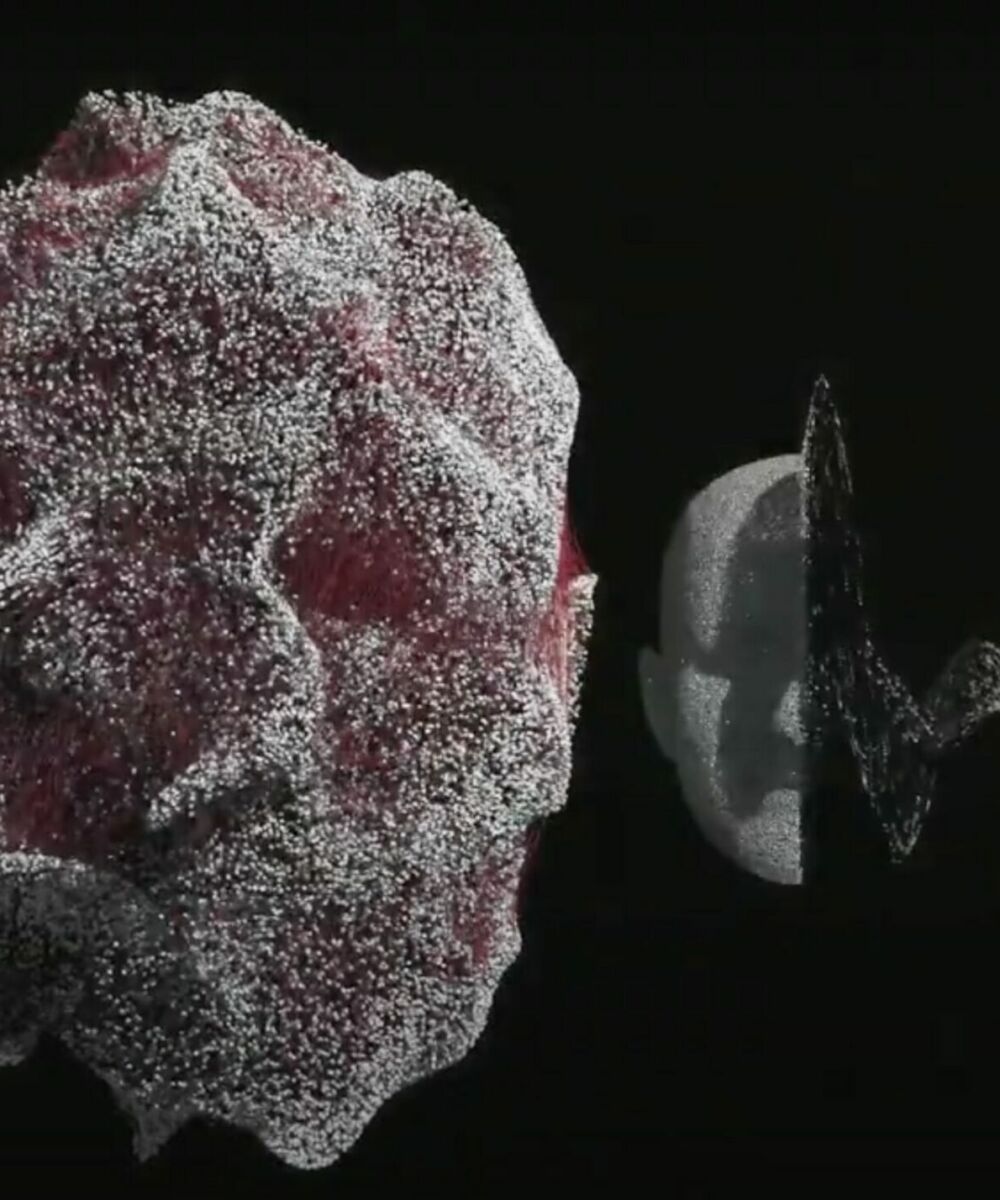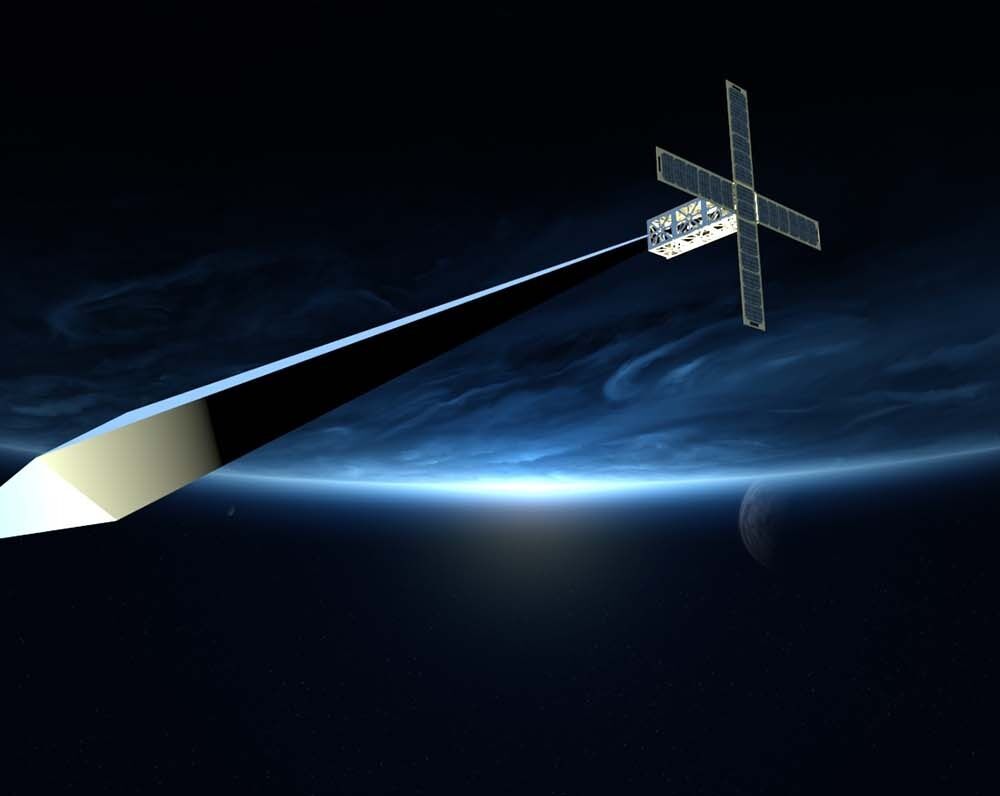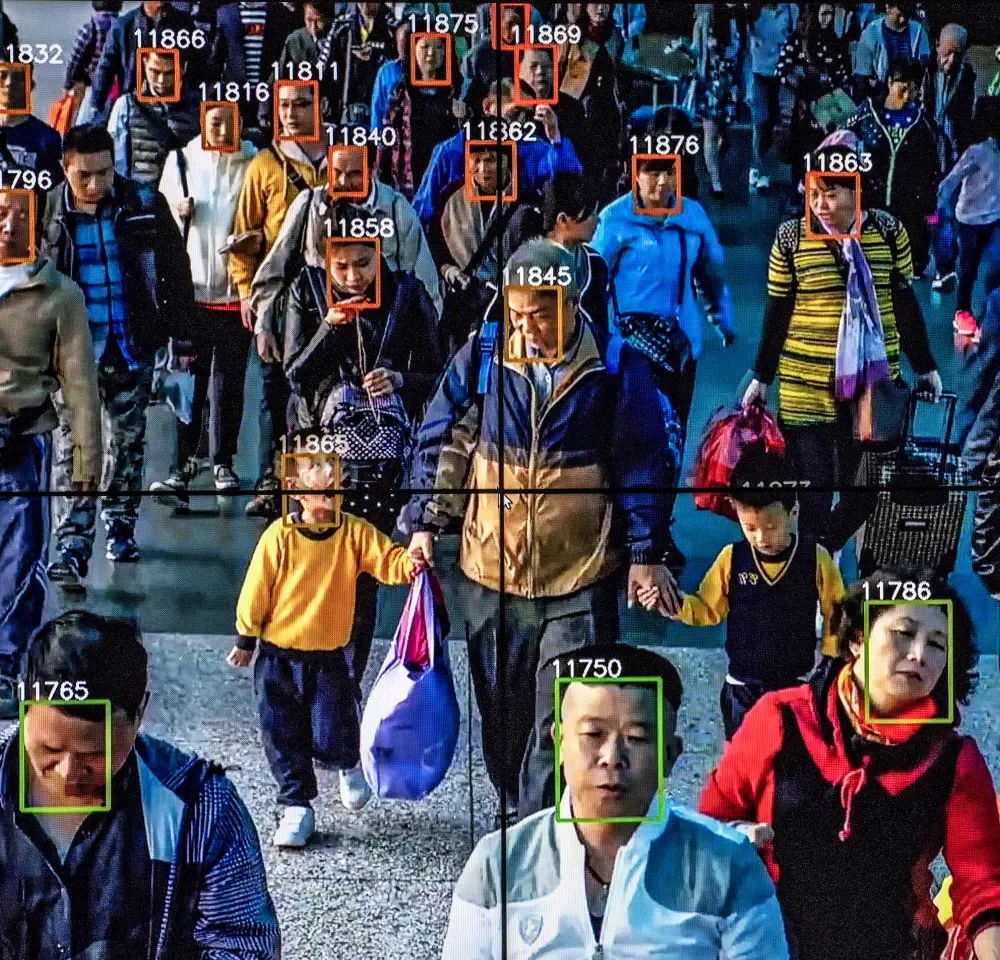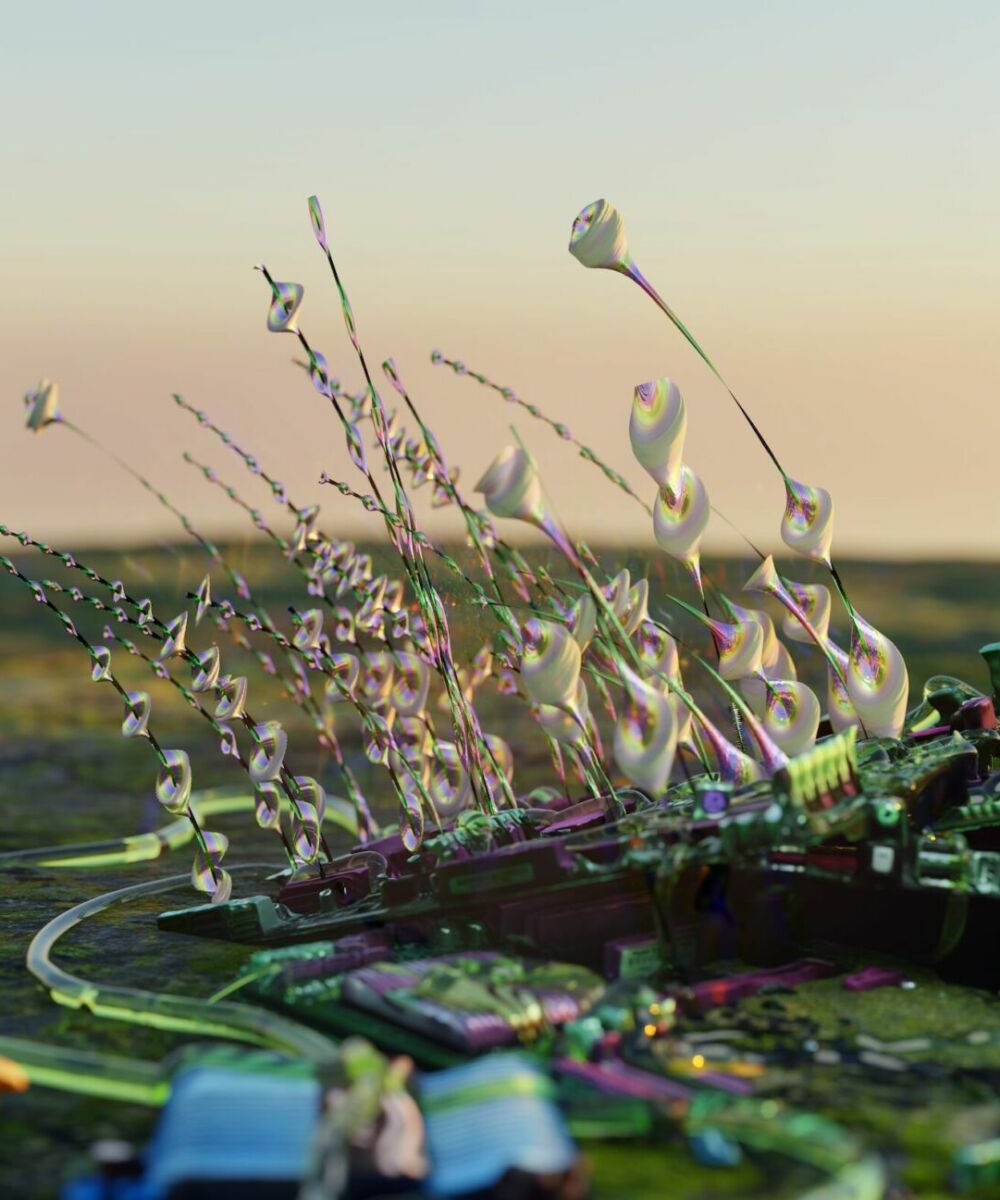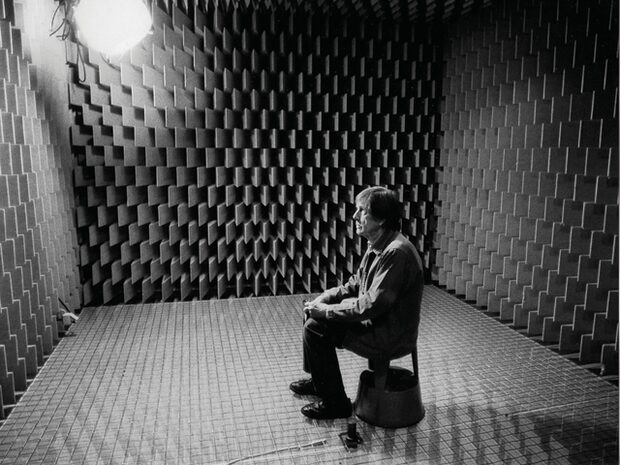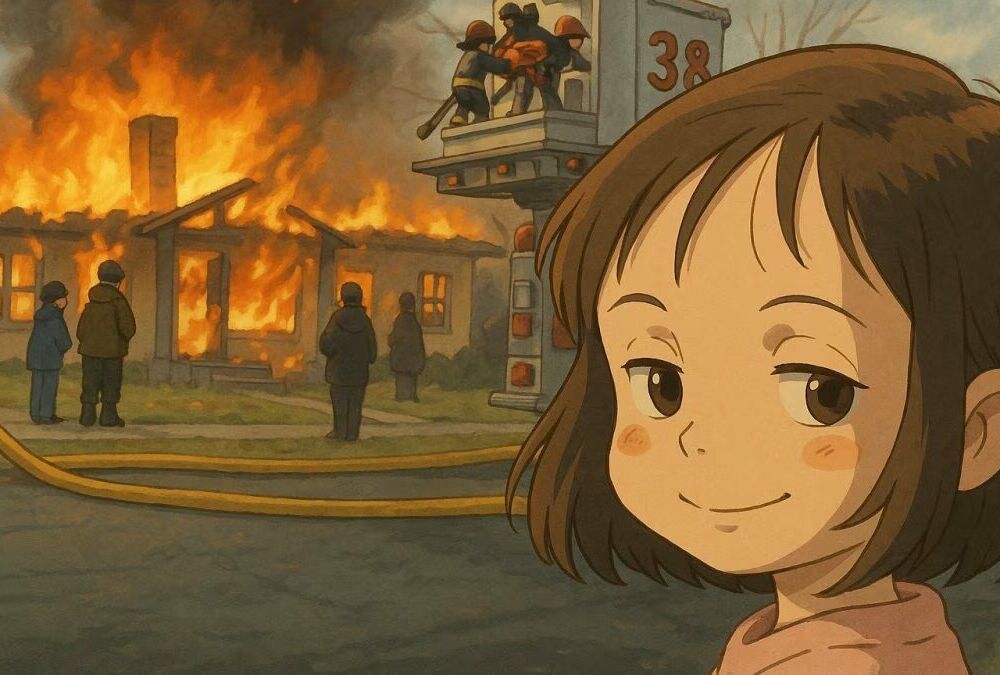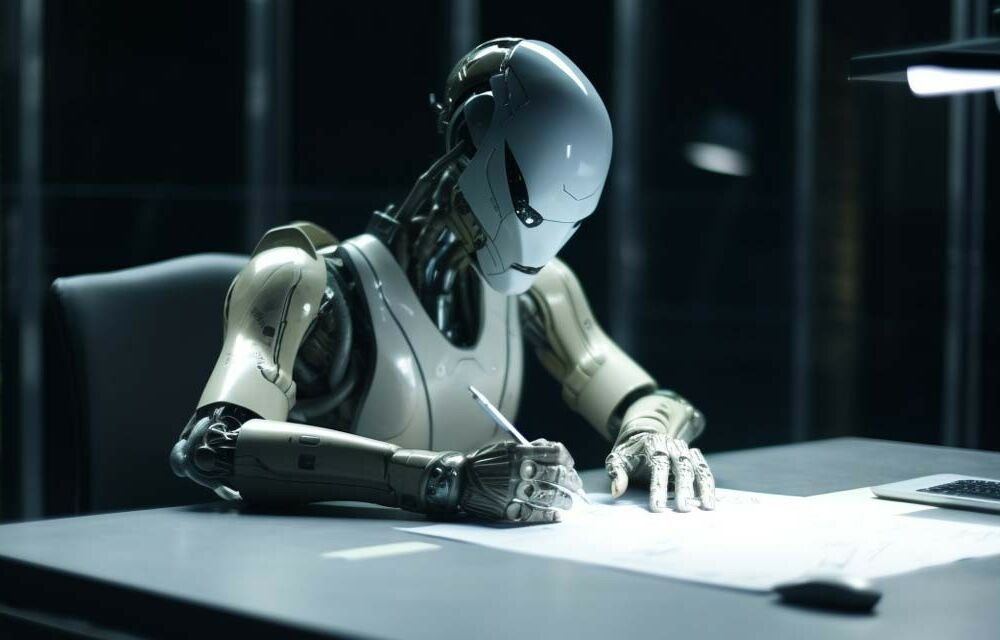LA RIVOLUZIONE ALGORITMICA
Would Man Ray Use Midjourney Today? Probably Yes
by Francesco D'Isa
A critical and philosophical look at artificial intelligence and its influence on society, culture and art. La Rivoluzione Algoritmica aims to explore the role of AI as a tool or co-creator, questioning its limits and potential in the transformation of cognitive and expressive processes.
The recent Christie’s auction dedicated to artists using Artificial Intelligence marks a significant moment in the (already outdated) debate on the relationship between AI and artistic creation.
As stated in the event’s presentation, AI does not replace the artist; rather, it becomes an extension and a support. Machines provide stimuli, suggestions, and expressive possibilities, but the direction remains in human hands. Christie’s reinforces this concept by defining AI as “Augmented Intelligence” rather than a substitute for the creative process: the artist remains solely responsible for the aesthetic and conceptual choices of the artwork.
This outcome was predictable for anyone familiar with the evolution of past technologies and media. As scholar Amy Orben explains through the metaphor of the “Sisyphean cycle of technological panic,” every innovation goes through an initial phase of hype and skepticism, followed by a second phase of demonization, before finally being normalized. And each time, we forget how it played out with previous technologies because we claim, “this time it’s different.” This is precisely what we are witnessing with Artificial Intelligence in the artistic realm: the slow approach to the final stage of this assimilation process is its presence in a prestigious auction like Christie’s, which has always been a barometer of taste and the market.
This is not the first time it has happened: nearly two centuries ago, photography was long considered “non-art,” accused of being a mere mechanical reproduction—often with arguments that are literally identical to those made by some AI critics today. Yet, no one now doubts that figures like Man Ray or Diane Arbus created true works of art. Even the auctioning of photographs, a phenomenon that seems obvious today, was initially the subject of heated debate. The pattern repeats itself identically: in 1862, a group of academics and artists promoted a petition to “contain” the rise of photography, and today we are witnessing a similar initiative against this auction. And, as happened in the 19th century, history once again tells us that, in the long run, what matters is the creativity of the person wielding the new tool, not the tool itself.
I hope the debate will shift to more pressing issues: not the legitimacy of AI as a means of artistic expression, but the ethical, social, and economic aspects that these technologies raise. The “artistic use” of AI was the easy part: as with previous innovations, this chapter will soon close, even though the voices of the most ardent opponents—who are dwindling as usage spreads—are growing louder. But allowing ourselves to be distracted by rearguard battles that were already outdated at the beginning of the 20th century will not help us address the critical aspects of these new technologies.
Francesco D’Isa
Francesco D’Isa, trained as a philosopher and digital artist, has exhibited his works internationally in galleries and contemporary art centers. He debuted with the graphic novel I. (Nottetempo, 2011) and has since published essays and novels with renowned publishers such as Hoepli, effequ, Tunué, and Newton Compton. His notable works include the novel La Stanza di Therese (Tunué, 2017) and the philosophical essay L’assurda evidenza (Edizioni Tlon, 2022). Most recently, he released the graphic novel “Sunyata” with Eris Edizioni in 2023. Francesco serves as the editorial director for the cultural magazine L’Indiscreto and contributes writings and illustrations to various magazines, both in Italy and abroad. He teaches Philosophy at the Lorenzo de’ Medici Institute (Florence) and Illustration and Contemporary Plastic Techniques at LABA (Brescia).



